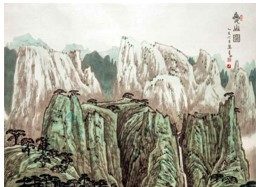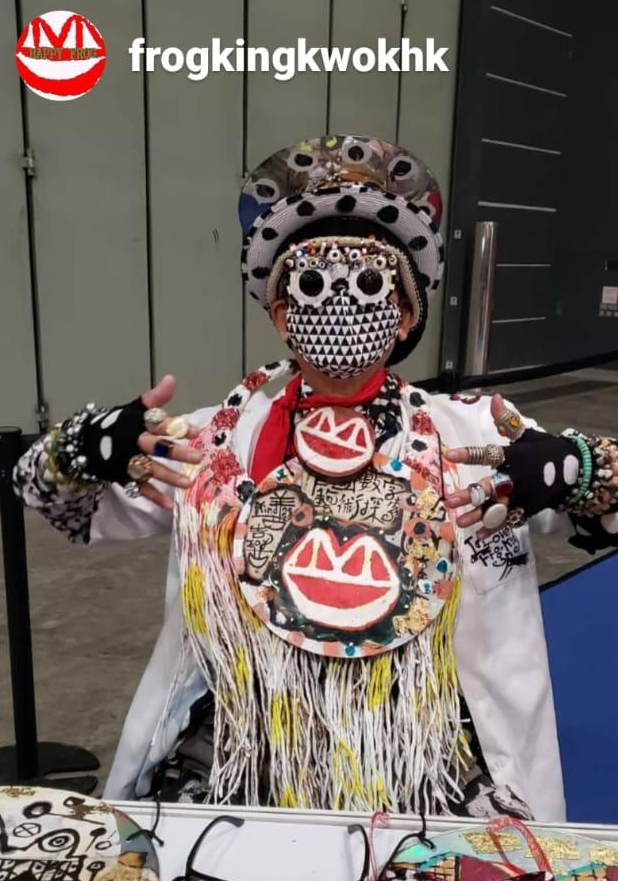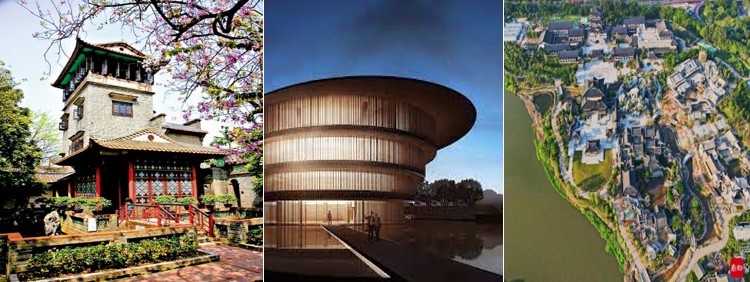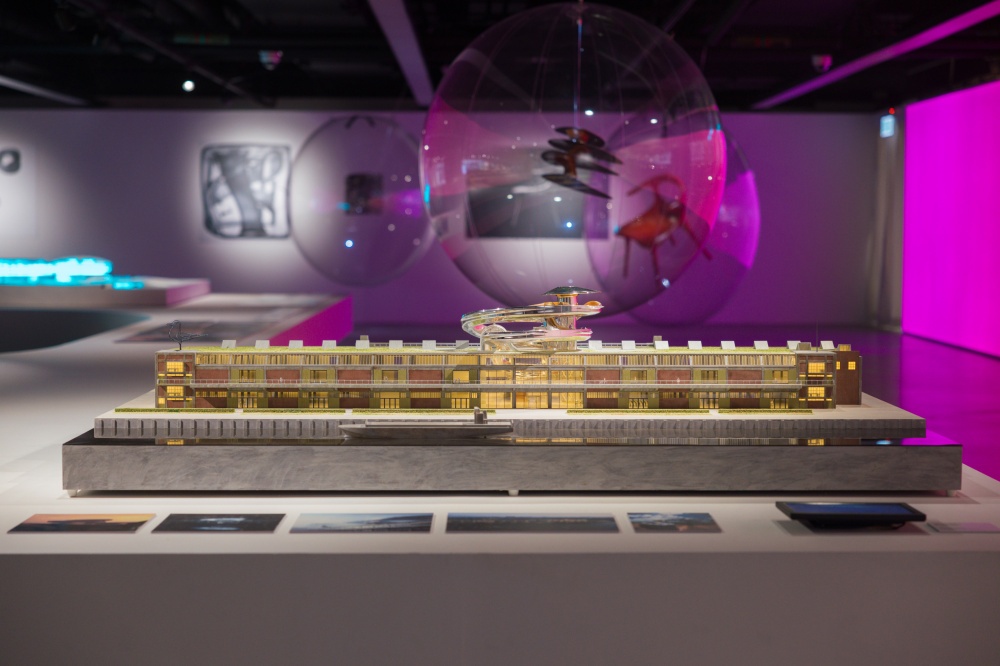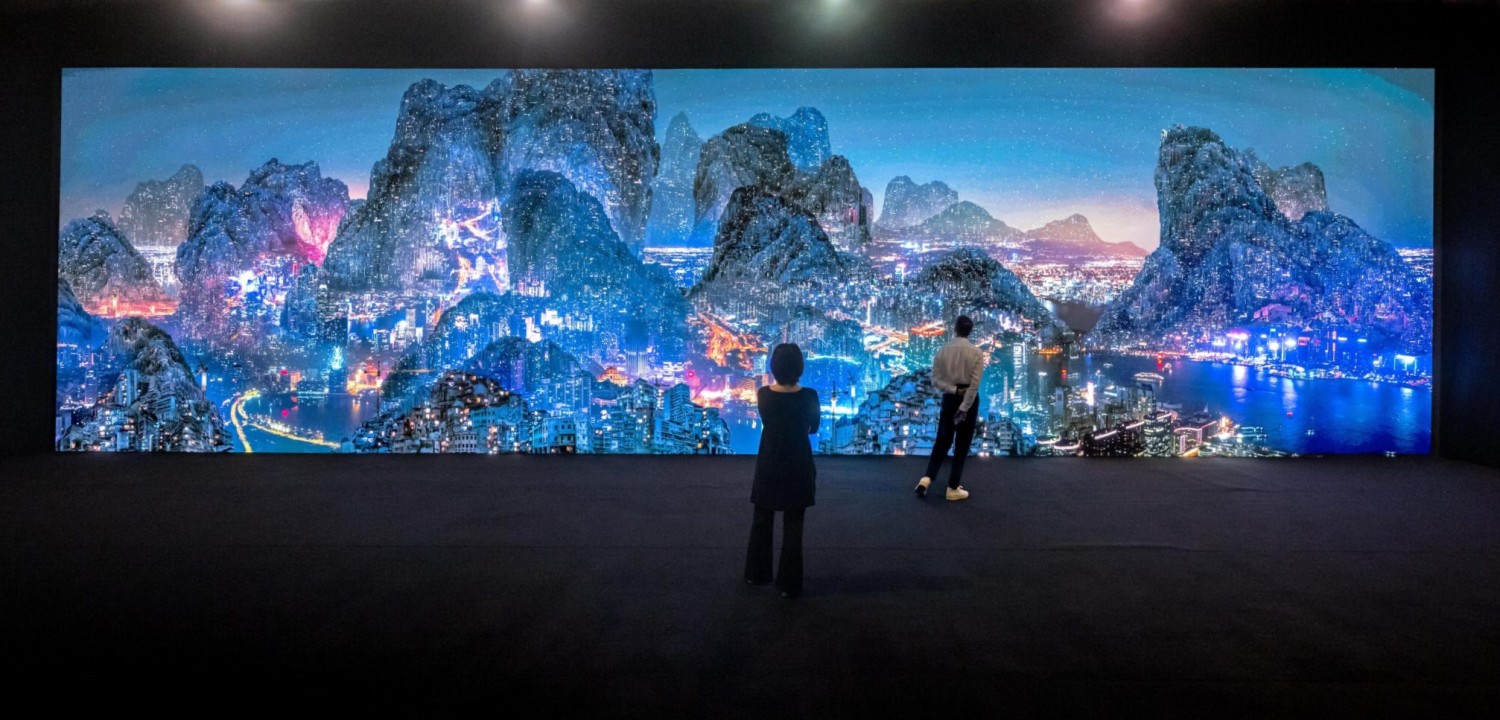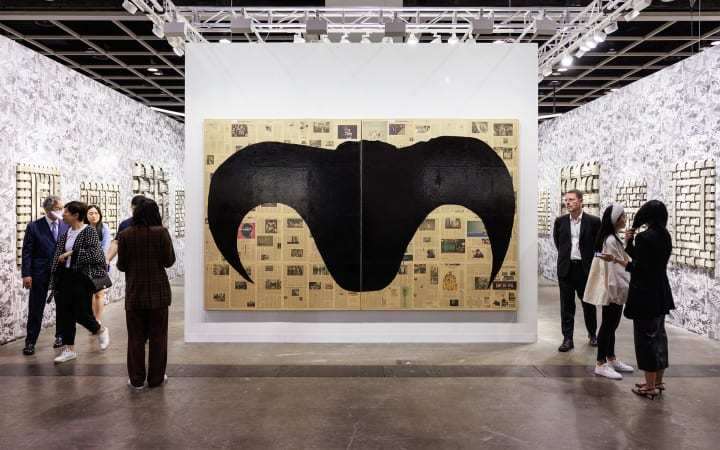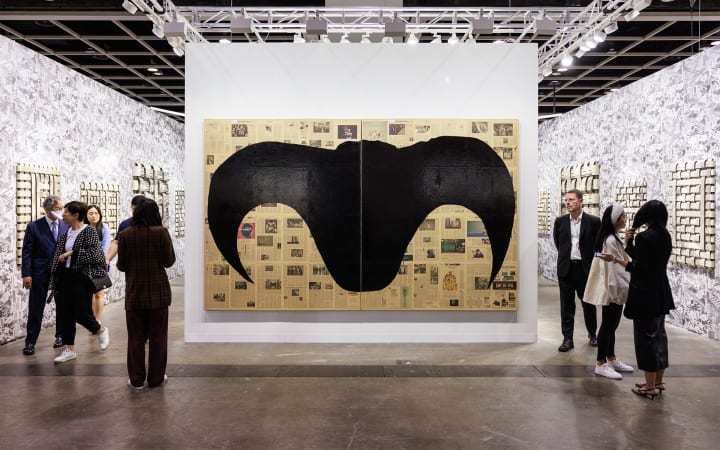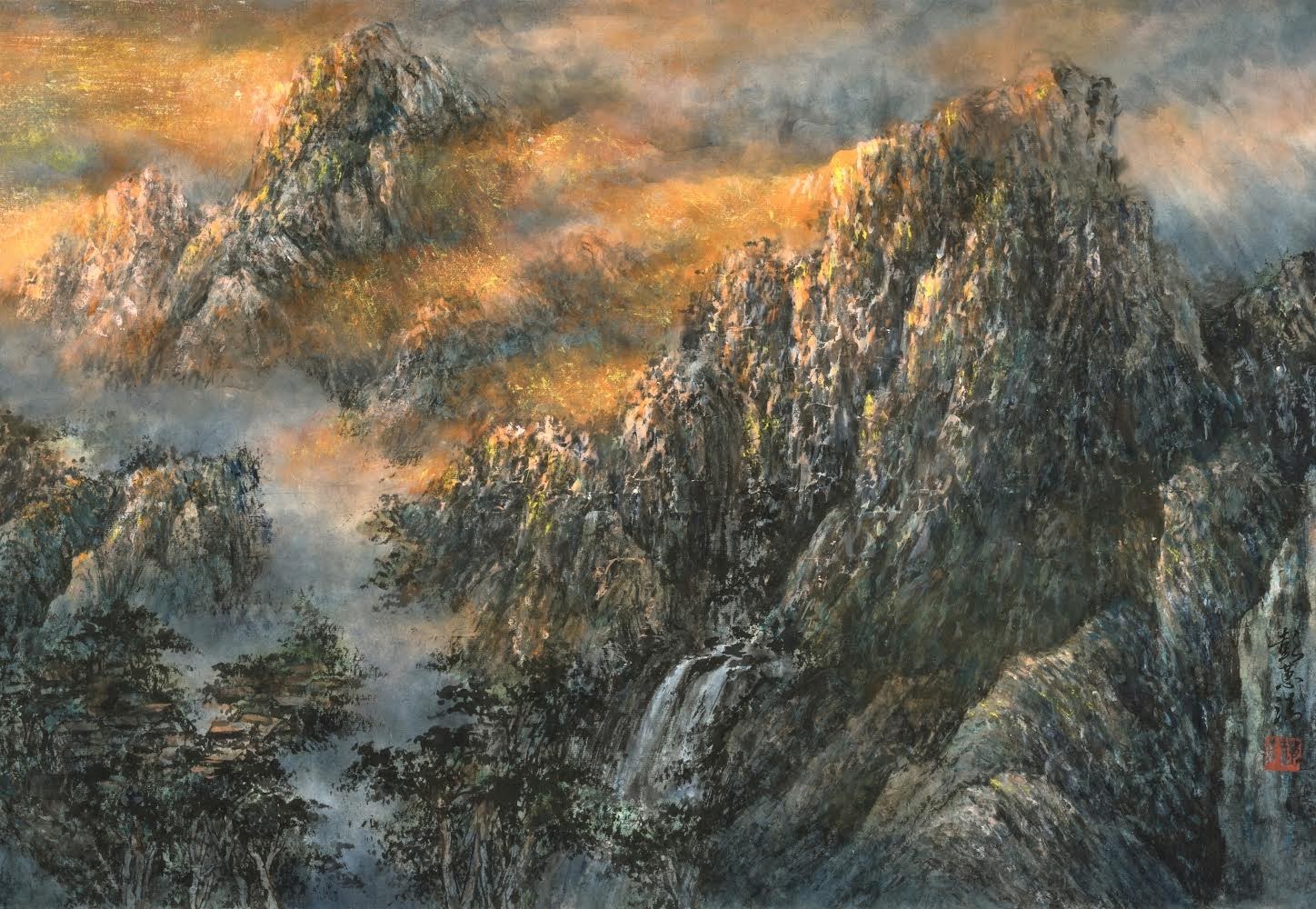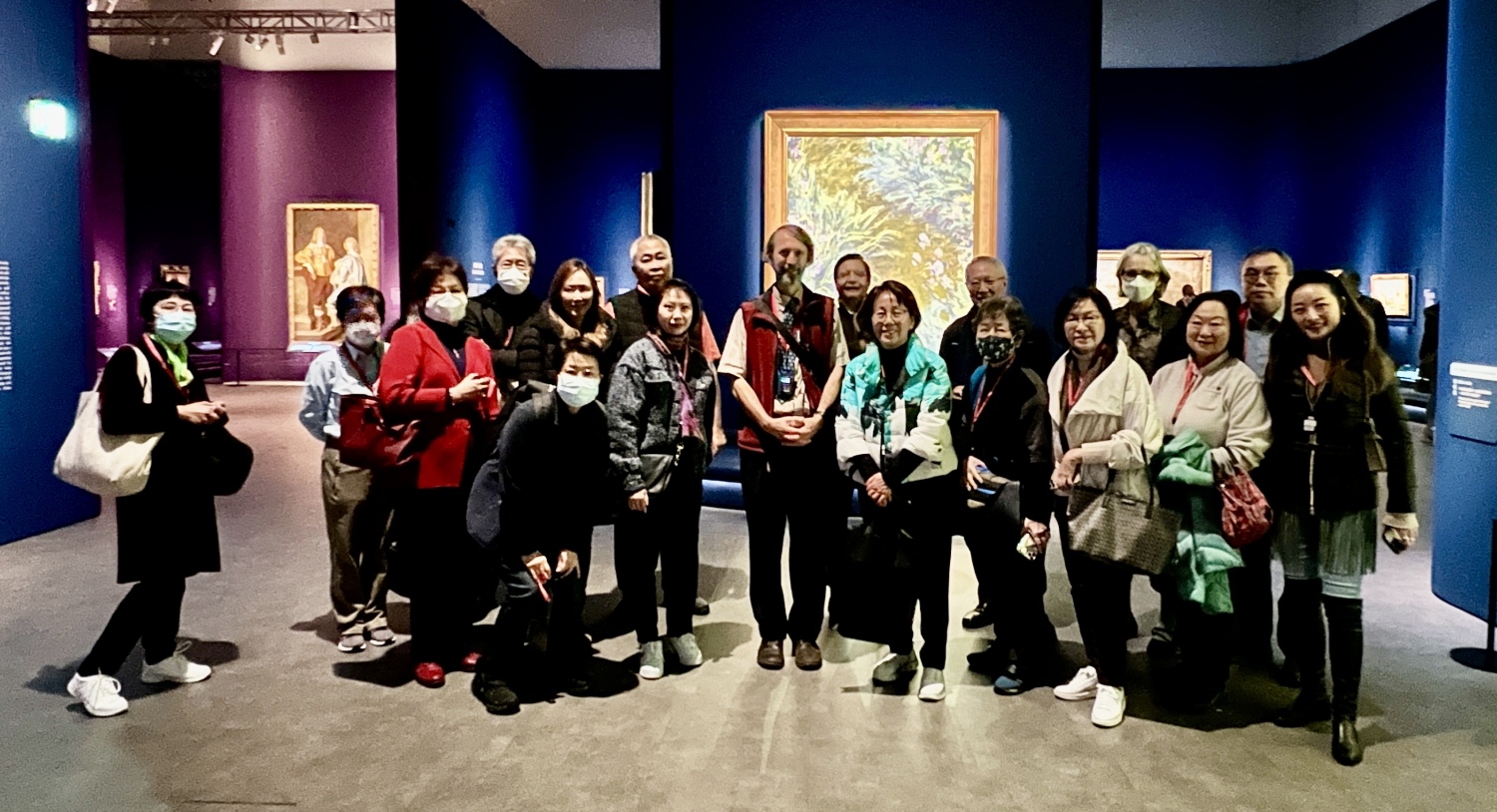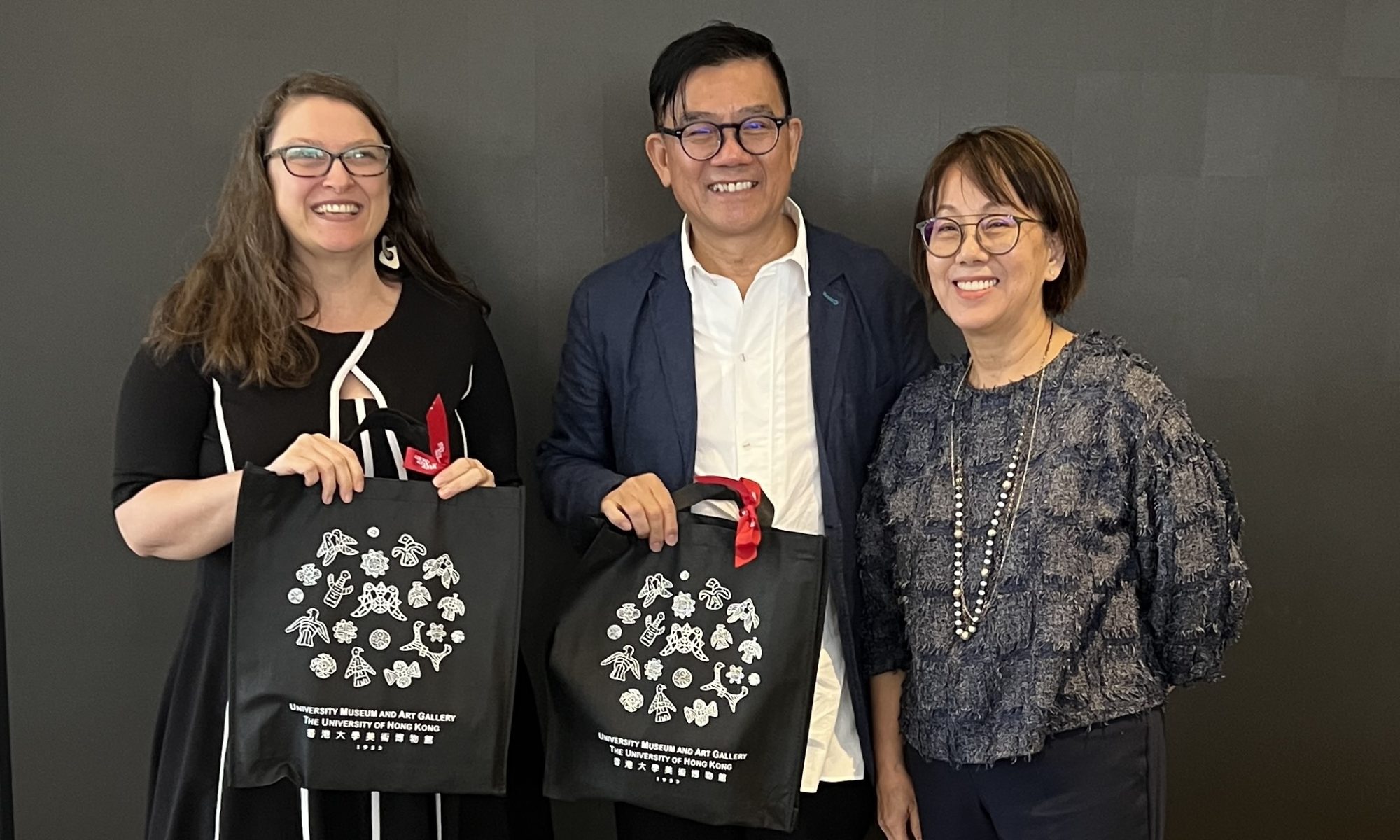The HKU Museum Society is pleased to present two lectures in connection with the HKUMS‘s upcoming tour Awesome Antiquities: Exploring Art and Architecture of Eastern Anatolia. Members and Guests are welcome to attend this event.
Unearthing Mount Nemrut (by Dr. Elvan Cobb)
Mount Nemrut, nestled among the majestic Taurus Mountains, stands as one of Anatolia’s most iconic destinations. The tomb-sanctuary, known as the Hierotheseion, was established by King Antiochos I of the Commagene Kingdom during the 1st century BCE. It served as a significant testament to Antiochos’s endeavors to amalgamate the Greek and Persian pantheons, exemplifying the syncretic movements of the Hellenistic Era. Rediscovered in the late 19th century, the site was initially explored by German and later by Ottoman archaeologists. After a period of hiatus, archaeological work at the site resumed in the 1950s. Mount Nemrut was added to UNESCO’s World Heritage List in 1987. This presentation aims to provide a comprehensive overview of the site’s history, spanning from its inception to its archaeological exploration, all the way up to its inclusion on the World Heritage List.
Speaker
Dr. Elvan Cobb is a historian of the built environment, especially focusing on the histories of place in the Ottoman Empire and the modern Middle East. In her work, Dr. Cobb juxtaposes histories of space with histories of technology, archaeology, tourism, environment, and the senses. She is currently an assistant professor of history at Hong Kong Baptist University and serves as the assistant director of the Ararat Plain Southeast Archaeological Project in Armenia. She has received her doctorate in history of architecture and urban development from Cornell University and holds a master’s degree from the University of Pennsylvania in historic preservation.
Awesome Antiquities: Appreciating the Art and Architecture of Eastern Anatolia (by Professor Puay-peng Ho)
Eastern Anatolia (Türkiye) lies in the fertile plain in the upper reaches of the two great rivers of Euphrates and Tigris. Similar to lower Mesopotamia further south, which was the cradle of one of the 4 ancient riverine civilizations, the history of human habitation of Eastern Anatolia can be traced to the megalithic period. At Göbekli Tepe, a large circular ditch was unearthed containing massive stone pillars dating to around 11,000 years ago. Together with foundation of many houses, temples, and smaller structures, the settlement must be the earliest settlements excavated. In the historical periods, multiple cultural manifestations were developed over the past three millennia on this land. More than a few superpowers ruled this territory including the Hittite, Achaemenid, Macedonia Greek, Seleucid, Rome, Byzantium, Seljuk, and Ottoman empires. In addition, the territory was also subjected to several minor interludes of conquest, such as the Scythians and Mongolians from the Eurasian steppe, and the Timurid from Sogdiana. As such, the region was subjected to the cultural influences of the Assyrian, Greek, Seleucid, Roman, Steppe nomads, Persians, Armenians, Arabs, and Turks. With such a rich temporal and spatial intersection of people groups and cultures, the art of architecture of Eastern Anatolia has shown both local and foreign forms and spirits.
The monumental, memorial, trading, living, and religious architecture and artifacts are the canvases on which the contestation and mutual influences of cultures played out. In addition, the long and ancient history of the region gave rise to legendary and historical landmarks spotlighting major players on the historical stage. This lecture will string together some of these key landmarks that will highlight the long and varied art and architectural forms that will manifest the glorious tapestry of eastern Anatolia. These include: the city of Şanlıurfa which is said to be ancient Ur where Abraham, revered by Jewish, Christian, and Islamic religions, is said to have been born; the recently excavated mosaics of the Seleucid and Roman periods found mainly in houses of ancient Zeugma (3rd – 1st cent. BCE, present-day Gaziantep); the colossal statues of deities erected by King Antiochos in the 1st century BCE on Nemrut Dağ; the archaeological site of ancient city of Ani (7th-13th century), the many monuments of Islamic Seljuk and Ottoman Anatolia, such as the Ulu Cami Great Mosque (12th century), Cifte Minare Medrese (13th century), Zinciriye Medresesi (14th century), and Er Rizk Mosque (15th century), as well as many Christian and Orthodox architecture, such as Dayro d-Mor Gabriel Orthodox Monastery (4th-6th century), the monastery of Sumela (12th century), and the Church of St. Giragos (16th century). These impressive monuments weave together a tapestry of artistic and architectural forms reflecting the splendid cultural expression of the multiple civilisations on this ancient land.
Speaker
Professor Puay-peng Ho holds the UNESCO Chair on Architectural Heritage Conservation and Management in Asia. He is currently Professor at Department of Architecture, College of Design and Engineering at the National University of Singapore. Having close to 30 years of experience in the academia, Professor Ho’s main research interests are in architectural history and conservation practices, and how the knowledge can be translated in teaching and practice. Professor Ho is a conservation consultant, architect and adviser to some 100 conservation projects in Hong Kong and Singapore since 2003, including PMQ, Haw Par Villa, Comix Homebase, Oil Street Art Space, Court of Final Appeal, and New Campus for Chicago University Booth School. Professor Ho was also appointed to many public and private boards and committees in Hong Kong, including as Chairman of the Lord Wilson Heritage Trust, member of Town Planning Board, Antiquities Advisory Board, and currently a member of Senior Advisory Board of Global Heritage Fund and a Patron of the International Dunhuang Project of British Library.

